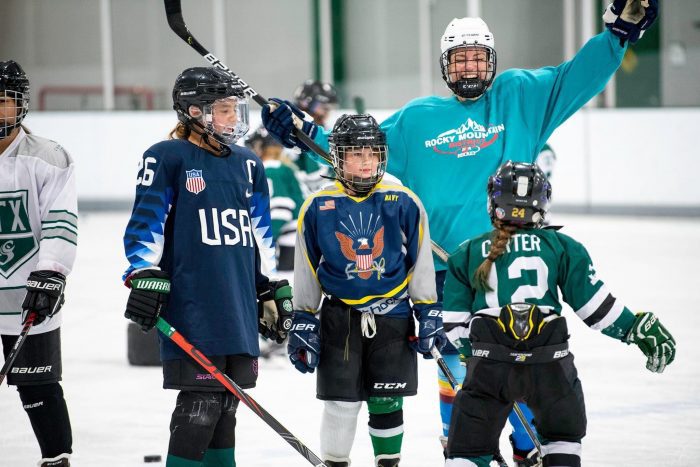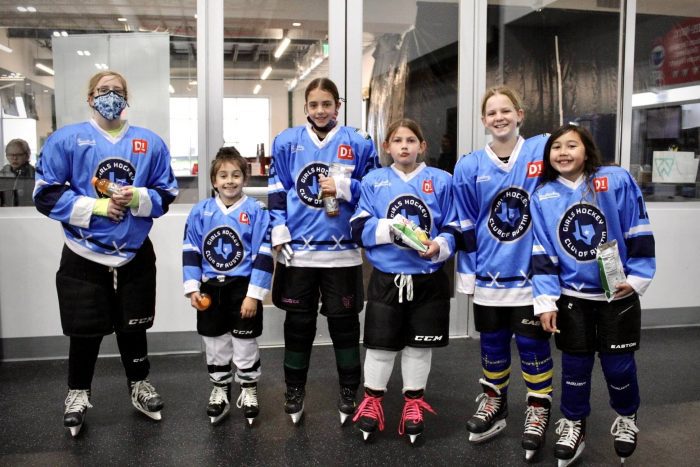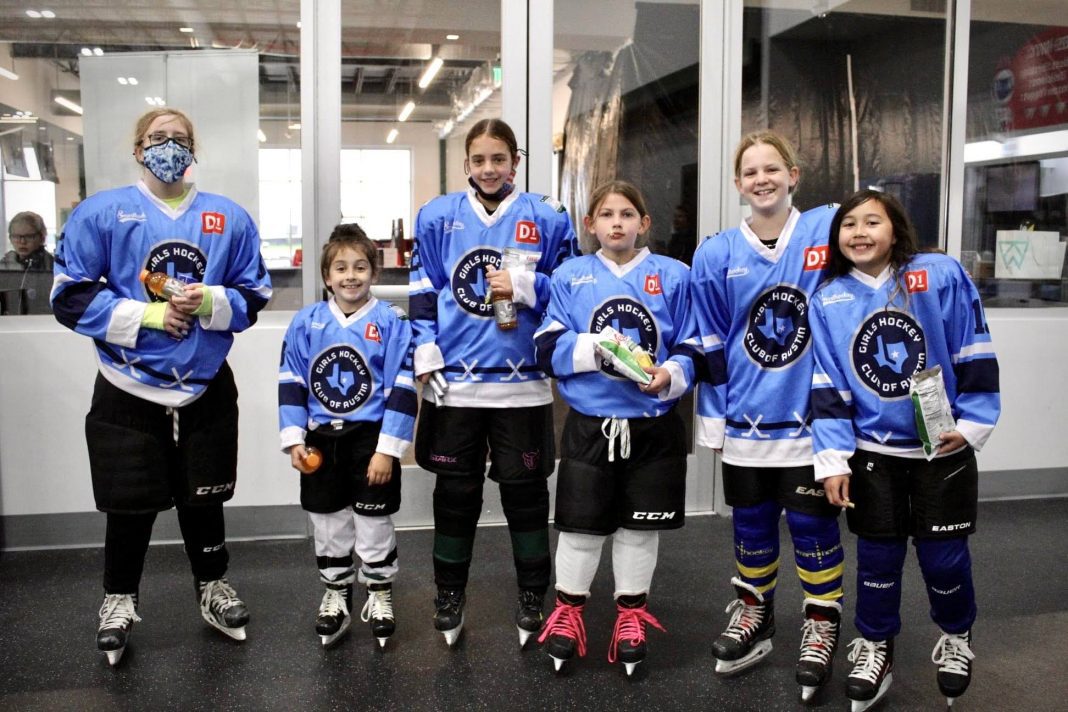I’m a PE teacher at a school that holds class outside – and on rainy days we have to pivot and go indoors (we don’t have a gym.) Normally our fun and games turn into a lesson – and health and nutrition primarily take a front seat.
However, recently, my male counterpart shared an interesting lesson plan with me.
Included was a PBS documentary about Babe Didrikson Zaharias, an American athlete widely regarded as one of the greatest of all time. She excelled professionally and on the world stage in golf, basketball, baseball and track and field. Even more impressive than her ability to do so well in so many disciplines, was the fact that she did it in the 1920’s and through the 1950’s – a time where women’s sports were not common, supported or promoted.
RELATED READING ::Busted! 5 Common Sports Injury and Recovery Myths
He shared with me that he liked to start the lesson off by asking students to list some names of athletes who they consider to be some of the “greatest”. Next, he explained, he would ask them to identify what most of the names had in common – leading them to realize they listed mostly males. “That’s when I usually point out to them their internal bias,” he explained, “And introduce Babe – who is REALLY one of the greatest athletes of all time, male or female.”
I was intrigued. I was excited to learn about this athlete myself and I was even more excited to promote women in sports. I knew this would open the door for conversations about equity, equal access, and sexism. I loved the idea of empowering all of our students to identify inherently unequal systems in any form.
I began the lesson with my fourth graders exactly the way my colleague had suggested. I asked them to list the names of great athletes. As I’m facing the whiteboard, scribbling names, my students behind me shout out a stream of names.
“Michael Jordan”.
“Tom Brady”.
“Pele”.
Okay…. I write their names. They come up with more.
“Simone Biles”.
“Serena Williams”.
“Ronda Rousey”.
“Alex Morgan”.
“Lisa Leslie”.
I couldn’t stop smiling. My plan was foiled, but this was even better. They DO consider female athletes as some of the greatest. The sweetest piece to this puzzle was the fact that my male students were chiming in with names of female athletes, too.
While times have certainly changed and we are closer than we’ve ever been to true equity in sports – there’s still so much work to be done. One day soon, with the commitment of ours and future generations to promote women in sports and fight for equal access, will result in women’s games being as well-attended, well-promoted and have as much earning potential as their male peers.

For now, we can relish in and celebrate some of the more recent advancements on this front and remind our daughters that they are just as capable, gifted and talented physically as their brothers. Here are just some key points of progress from the last year:
- US Soccer and US Womens’ National Team settle the “Equal Pay Lawsuit” for $24 million dollars, $22 million dollars of which will go to the players who initiated the suit. Even more importantly, US Soccer has vowed to pay men and women equally moving forward.
- This summer, during the European Championships in Bulgaria, the Norwegian women’s beach handball team was fined for “improper clothing”. The women’s team decided they were uncomfortable having to wear a bikini bottom with “a close fit and cut on an upward angle toward the top of the leg” and instead, opted for shorts. The Norwegian Federation gladly paid the fine in support of their women’s team, and their bravery shined a world-wide light on the issue of sexist dress codes in sport targeting women.
- The Vancouver Canucks hockey team named Emilie Castonguay the club’s new Assistant General Manager. She is the first female assistant general manager in the team’s history and is a former Division 1 hockey player.
- Sports like football, wrestling, ice hockey and rugby (all once considered male-dominated and male-centered sports) are growing for girls and women. Traditionally, female athletes choosing to play these sports had to play with the males because there were not enough females to field a team. Today, many markets are growing in these sports and creating girls and women’s only teams and leagues!
- On July 1, 2021 the National Collegiate Athletics Association finally allowed athletes (in any division) to profit off of their own name, likeness and image. While contested for many years, the decision was a landmark one because it allowed athletes to participate in paid sponsorships and partnerships, among other money-making opportunities they were previously legally bound to avoid. One of the first large company National collegiate promotional offers went to a female basketball player. UCONN Women’s Basketball star Paige Bueckers becomes Gatorade’s first NCAA athlete partner.

Here are some great programs in Austin that promote girls in traditionally male-dominated sports. Sign up your daughters!










